Drawing Room of Palazzo Corsini in Rome with a Footstool
Olio su tela 60×38,5 cm inv. 11
Interior of Palazzo Corsini alla Lungara in Rome
These three paintings depict the luxurious interiors of Palazzo Corsini alla Lungara in Rome, sold by Prince Tommaso Corsini to the Italian government on 17 September 1883. Around 1880, Ludovico Tuminello photographed the palace interiors, and some of these images are present in the Aldi archives. In all probability the
Self-portrait
This work, painted in Rome in 1887, seems to be derived from the Self-portrait in Profile (inv. 46) made in order to include his own image in the festive crowd at the Meeting in Teano painted in the Risorgimento Room of the Palazzo Pubblico in Siena in 1886. The execution
Far Away
The wide horizon shows a distant cloud dumping a downpour of rain without touching the luminous calm of the countryside in the foreground, as though sending a reassuring message about the positive benevolence of nature even in its most violent manifestations.
Promised Land
Gianneschi returns to the theme of a steep path in the midst of uninhabited nature to reach a clearing with trees still leafless in a winter atmosphere, an explicit metaphor for the difficulties of human life longing for the serenity of a desired sense of wellbeing.
The Giants
The use of ancient painting techniques based on the teachings of Cennino Cennini enables the artist to obtain luminous colour and surfaces as smooth and glossy as precious enamels. The white rocks of the Albegna River are transformed into anthropomorphic giants, ready to engage in conversation like elderly sages, experts
Occasions
In this painting the artist seems to return to surreal themes in showing the contrast between the modest building in the shadows, revealed only by the electric light of a streetlamp, and the luminous grandeur of the Amiata woods inhabited by a protective stone giant.
The Path to the Hermitage
The descriptive accuracy of the leaves and rocks in the foreground competes with the analogical precision of Dürer and Mantegna. The artist’s interest in masters of the past includes also the spiritual inspiration of the Romantics, from whom he seems to have borrowed the theme of a steep path that,
Harvest on the Hill
A synthetic, severe presentation of farm work in which the human presence is cancelled out, while the cypress trees stand guard over the vast fertile fields as they have for centuries. Only a stepladder seems to hint at the laborious work of the farmers to reach and tame the manifestations
On the Hill
In the synthesis of this sculpture Bimbi gathers together symbolic elements of the land of his birth, evoking the characteristics of the Maremman landscape with its slender cypress trees and humble houses built on rocky slopes and cliffs, buffeted by winds in every season.


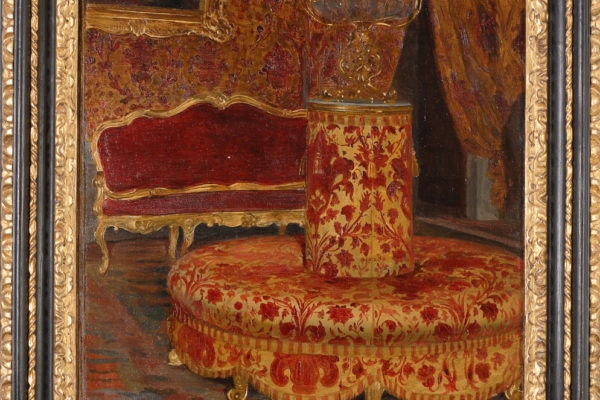
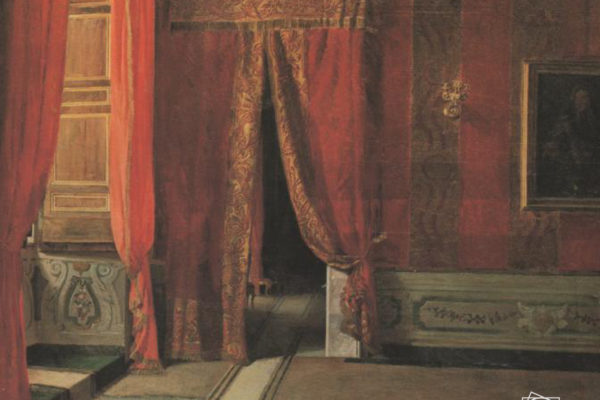
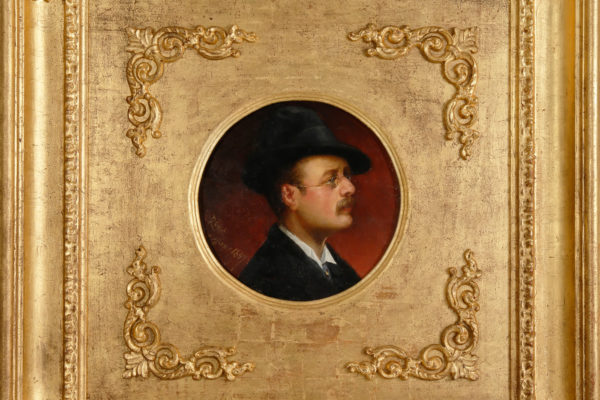
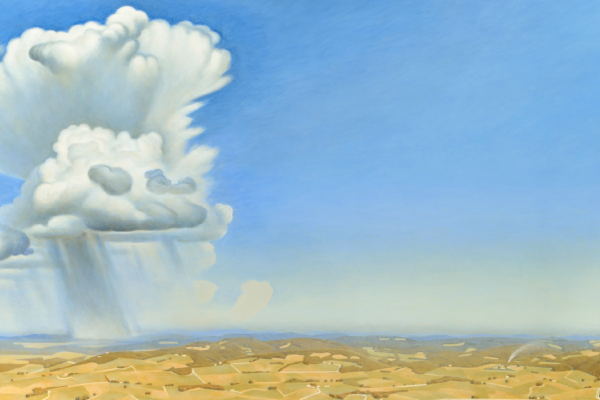
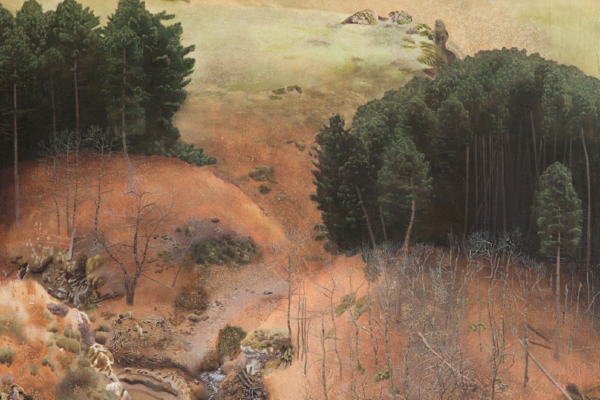
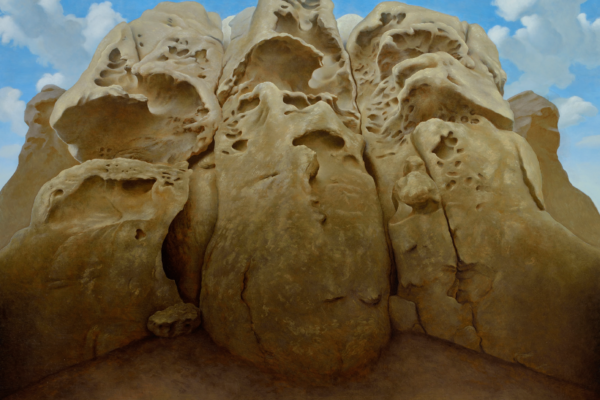
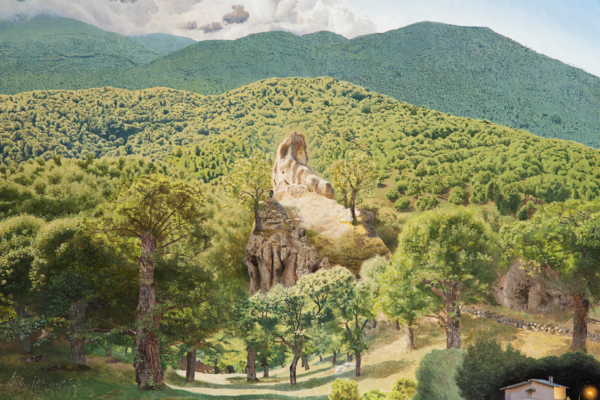
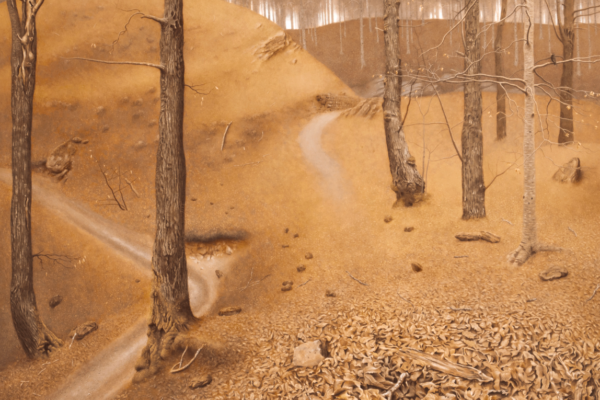
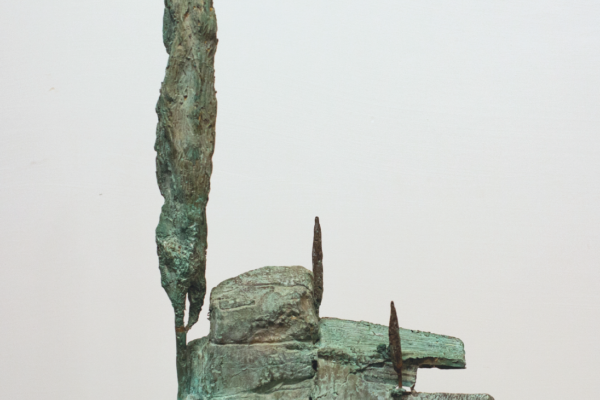
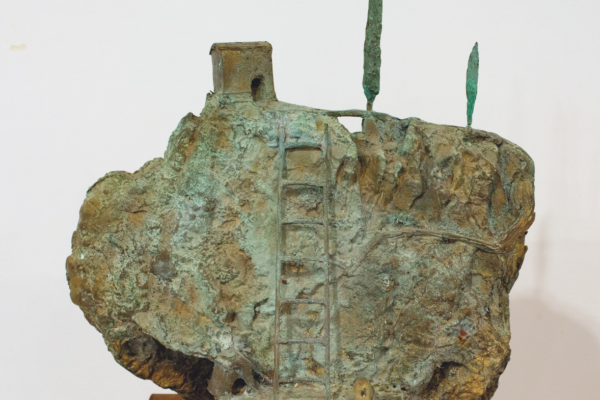
Recent Comments